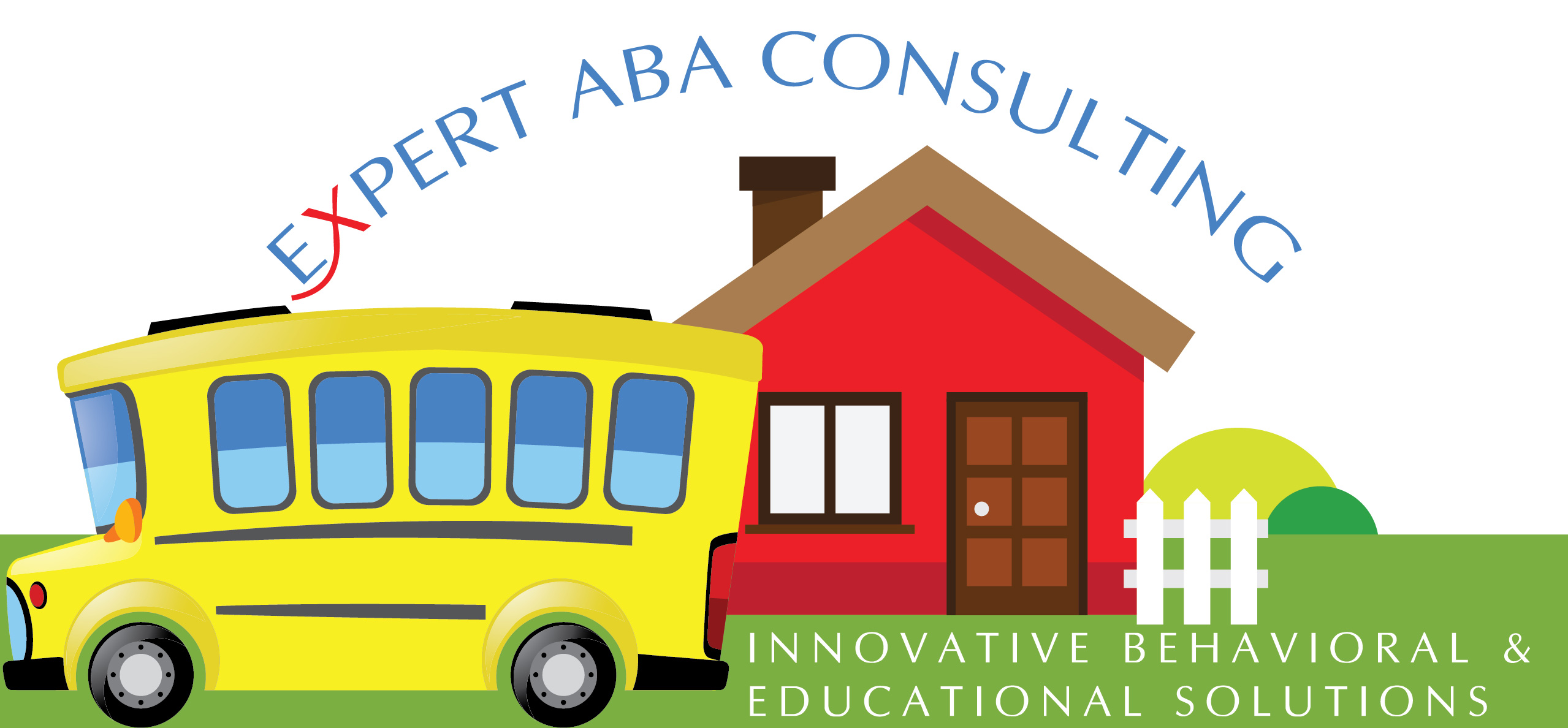APPLIED BEHAVIOR ANALYSIS (ABA)
Applied Behavior Analysis (ABA), also called Behavior Therapy, or Behavior Modification utilizes methods derived from scientifically established principles of behavior. ABA has been successfully applied to various populations in areas including Autism, Intellectual and Developmental Disabilities, all forms of education, business, mental health, counseling, child abuse, etc. Over the past 30 years or so, there has been growing evidence that early intensive behavioral intervention by means of ABA results in improved developmental progress and intellectual performance in young children with autism and related disorders.
ABA was identified as the treatment of choice for individuals with autism in the early 1980s. Since then, individuals with autism and related disorders have been successfully educated and treated. There is a general consensus that individuals with autism and related disorders receive some degree of benefit from ABA. For more than 45 years, therefore, agencies using ABA have successfully provided residential and non-residential autism services for thousands of school-age children.
Behavior Analysts, researchers, and other practitioners in the field have concluded that ABA is the only therapy recognized to treat children with autism. No other educational or treatment approach to autism has been found to meet the standards of scientific proof that are met by ABA, and there are no other scientifically valid treatments that produce similar treatment, educational, or outcome results. Investing in early ABA intervention for young children, therefore, is financially worthwhile, whether the results lead to complete or partial effects.
ABA uses scientifically validated methods incorporated into a comprehensive, but highly individualized package. ABA programs are applied consistently through the use of explicitly written programs for each skill to be taught or maladaptive behavior to be treated, and by having the Behavior Analyst who is responsible for the child’s program train everyone who works with the child to implement it. To increase the likelihood of the generalization of treatment efforts, it is critical for therapists/parents be trained to implement the programs across situations, settings, and people, maladaptive behaviors such as aggression and self-injury are not reinforced, whereas specific, appropriate alternative behaviors are either taught or maintained through positive reinforcement.
Before ABA treatment, an evaluation is conducted to assess the child’s skill and development levels. This evaluation assists in the selection of therapeutic goals, and the treatment regimen that is developed considers all pertinent domains, including academic, communication, leisure, play and self-care, and social in determining which skills will be taught. The next step is to break down each skill into smaller and more easily taught component skills or steps. As the child progresses, the skills that are taught are increased in complexity. Attention is given to the achievement of developmental milestones with the overall goal of providing the kind of regimen that will ensure that each child reaches his or her highest potential and level of independence.
Critical to the therapeutic process is the direct and frequent measurement of the child’s progress. The data from these observations are graphed to portray how each targeted skill and maladaptive behavior has responded to the treatment effort. The Behavior Analyst responsible for the child’s program frequently checks the graphed and recorded data to determine if reasonable progress is occurring and to make any necessary programmatic adjustments.
Ongoing review of the child’s responsiveness to the intervention and treatment personnel allows problems to be identified and corrected quickly. Treatment consistency is also assured by having the responsible Behavior Analyst frequently observe the treatment efforts so that feedback can be provided to the program implementers.
In ABA, each child is seen as a unique individual. High levels of consistency, repeated and consistent presentations of material, individually selected and strategically used motivators, careful use of prompting procedures, and systematic planning for generalization are used to establish and maintain a positive treatment environment.
All ABA programs strive to organize therapeutic experiences that will lead to enduring positive changes over time and across settings in such crucial areas as toileting, feeding, social skills, and language.
Lastly, a professional with advanced formal training in Behavior Analysis directs all ABA interventions. The person should have at least a Masters degree and supervised experience in designing and implementing ABA programs for children with autism and related disorders. These professionals have either met the educational, experiential, and examination performance standards of the Behavior Analyst Certification Board (BACB) and are Board Certified Behavior Analysts (BCBAs) or can document that they have equivalent training and experience. They adhere to the BACB’s Guidelines for Responsible Conduct and base all treatment decisions on the best available scientific evidence.

